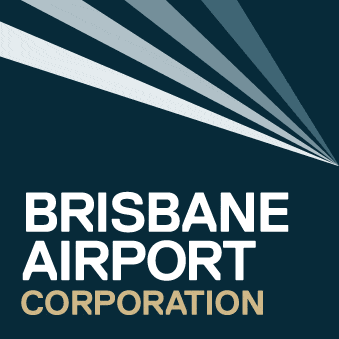It is important Brisbane Airport's airspace is protected - now and in the future - to provide a safe, efficient and predictable environment for aircraft to arrive and depart in all conditions.
The Airports (Protection of Airspace) Regulations set the framework for the definition and declaration of airspace requiring protection. These regulations also outline the processes required for the assessment of proposals involving intrusion into airspace – deemed “Controlled Activities”.
The Regulations are administered by the Commonwealth Department of Infrastructure, Transport, Regional Development and Communications and ensure:
- The airspace which aircraft operate in when under Instrument Meteorological Conditions is obstacle-free with minimum obstacle clearances maintained consistent with relevant international and national aviation standards
- The airspace which aircraft operate in when under Visual Meteorological Conditions is generally obstacle-free, and only in certain circumstances are objects permitted to intrude into that component of an airport’s prescribed airspace following a detailed hazard determination, potentially resulting in hazard identification through markings and lighting to the object or structure
- Assessments are applied to facilities that results in the emissions of smoke, dust or other particulate matter
- Radar, aviation navigation systems and critical airfield lighting systems have adequate protection zones and are able to operate without interference
- A robust assessment regime is established for proposed structures and developments (Controlled Activities) that may impact an Airport’s airspace
- Penalty provisions exist for activities not conducted in accordance with the requirements of the APARs.
The Airspace for Brisbane Airport was first declared in 2009, and is updated and revised when required, with the most recent update by the Commonwealth Department of Infrastructure, Transport, Regional Development and Communications in July 2024. The prescribed airspace for Brisbane Airport includes the following surfaces:
Obstacle Limitation Service (OLS)
Procedures for Air Navigational Services—Aircraft Operations (PANS-OPS)
Surfaces associated with Radar systems, aviation navigational aids and airfield major lighting installations
Please be aware that areas of Brisbane and South East Queensland may be impacted by additional airspace surfaces associated with other airports in the region.
Crane operations in the vicinity of Brisbane Airport, or within the airport's protected airspace have the potential to create air safety hazards and to seriously impact the airport's operations.
For this reason, crane operations are required by law to be assessed and approved under the Commonwealth's Airports (Protection of Airspace) Regulations 1996.
Crane operators must provide a completed Crane Application form online (below) prior to commencing any crane activity.
The application will then be assessed for approval by the airport.
For more information on operating a crane within an airport's protected airpace, visit Information for Crane Operators on the Department of Infrastructure, Transport, Regional Development and Communications website.
Obstructions (whether permanent or temporary) in the vicinity of Brisbane Airport and/or the Airport's protected airspace have the potential to create air safety hazards and to seriously limit the scope of aviation operations into and out of the airport. The effects of individual obstacles may be relatively minor, but together a number of obstacles may seriously limit runway utilisation, cause airspace congestion and reduce the effective handling capacity of the airport.
The Airports Act 1996 defines certain activities resulting in an intrusion into an airport's protected airspace to be a “controlled activity”, and requires that controlled activities cannot be carried out without approval.
As the Airport Operator, Brisbane Airport Corporation is the first point of contact for a person wishing to apply for approval to conduct a controlled activity. As required under regulation 7(2) of the Airports Airspace Regulations, any application must provide:
• Details of the type of proposed activity.
• The precise location of that activity.
• The proposed maximum height of the controlled activity.
• The equipment to be used in its construction/erection), expressed in metres above the Australian Height Datum (AHD); and
• The purpose of the proposed activity.
Notification of decisions
Upon receipt of an application, Brisbane Airport’s approach to assessing proposals will include seeking feedback from the Civil Aviation Safety Authority, Brisbane City Council, Airservices Australia and all relevant airlines or aircraft operators. The application and all stakeholder submissions are then sent to the Department of Infrastructure, Transport, Regional Development and Communications for assessment.
For more information on developments within an airport's protected airpace, visit Airspace Protection at Leased Federal Airports on the Department of Infrastructure, Transport, Regional Development and Communications website.



